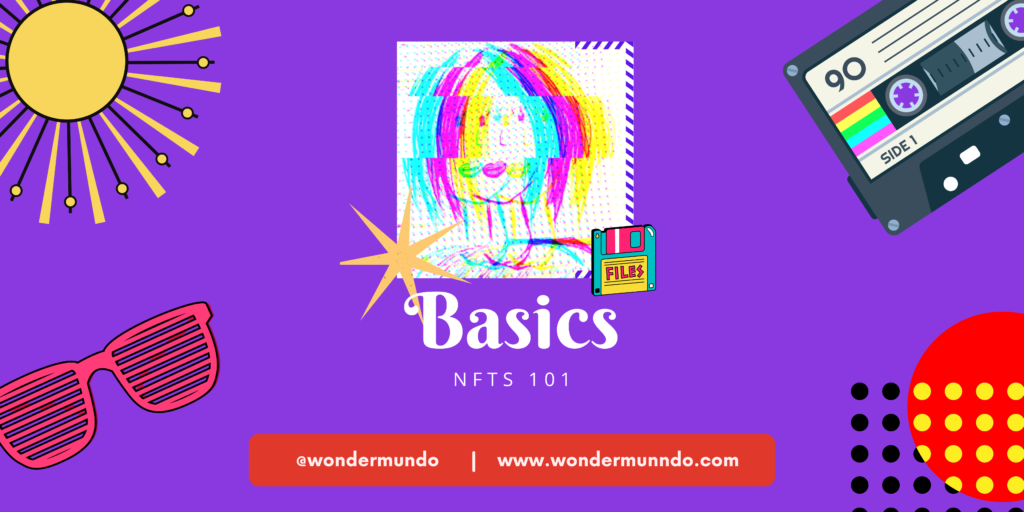
Demystifying NFTs: A Beginner’s Guide to Non-Fungible Tokens
Non-Fungible Tokens (NFTs) have gained significant attention in recent years, and for good reason. They’ve revolutionized the way we view digital assets, providing an innovative solution for digital ownership and provenance. If you’re new to the world of NFTs, this blog will help you understand the basics and how they’re changing the digital landscape.
What are Non-Fungible Tokens (NFTs)?
NFTs are digital tokens that represent ownership of unique items or assets. Unlike cryptocurrencies such as Bitcoin or Ethereum, which are fungible and can be exchanged for one another, NFTs are non-fungible, meaning each token is distinct and cannot be exchanged at a one-to-one ratio with another NFT. This unique property allows NFTs to represent digital art, collectibles, virtual real estate, and other one-of-a-kind items.
How do NFTs work?
NFTs are built on blockchain technology, which is a decentralized, digital ledger that records transactions across a network of computers. The most common blockchain for NFTs is Ethereum, which uses smart contracts to enable the creation and management of these digital assets. When an NFT is created, or “minted,” its ownership and transaction history are recorded on the blockchain, providing a secure and transparent method of verifying authenticity and provenance.
Why are NFTs valuable?
The value of an NFT is derived from its scarcity, uniqueness, and the demand for the digital asset it represents. Some NFTs have sold for millions of dollars due to their association with a famous artist, historical significance, or cultural relevance. Additionally, NFTs offer a new way for creators to monetize their work by granting them royalties each time the NFT is resold.
How to buy and sell NFTs?
To buy or sell NFTs, you’ll need to set up a digital wallet. You can use one that supports Ethereum-based tokens, such as MetaMask or Trust Wallet. You can also use one that supports Tezos-based tokens, such as Kukai or Temple Wallet. There are also other blockchains where you can buy and sell NFTs like Solana and Polygon.
Once you have a wallet, you can purchase Ether (ETH) or Tezos (XTZ), the native cryptocurrency of the Ethereum network, which is used to buy and sell NFTs. Popular NFT marketplaces include OpenSea, Makersplace, and SuperRare, where you can browse and bid on a variety of digital assets.
NFTs beyond digital art and collectibles:
While NFTs are commonly associated with digital art and collectibles, they have numerous potential applications. They can be used for digital identity, property rights, intellectual property, and more. As the technology continues to evolve, it’s likely that new use cases for NFTs will emerge, further shaping the digital landscape.
NFTs have opened up new possibilities for digital ownership, and their popularity is a testament to the potential of blockchain technology. As the NFT market continues to grow and mature, it will be exciting to see how these digital tokens transform various industries and redefine the way we think about digital assets.
Learn more
creator toolkit – resource archive
Non-Fungible Terms: NFT Lingo Every Collector Should Know